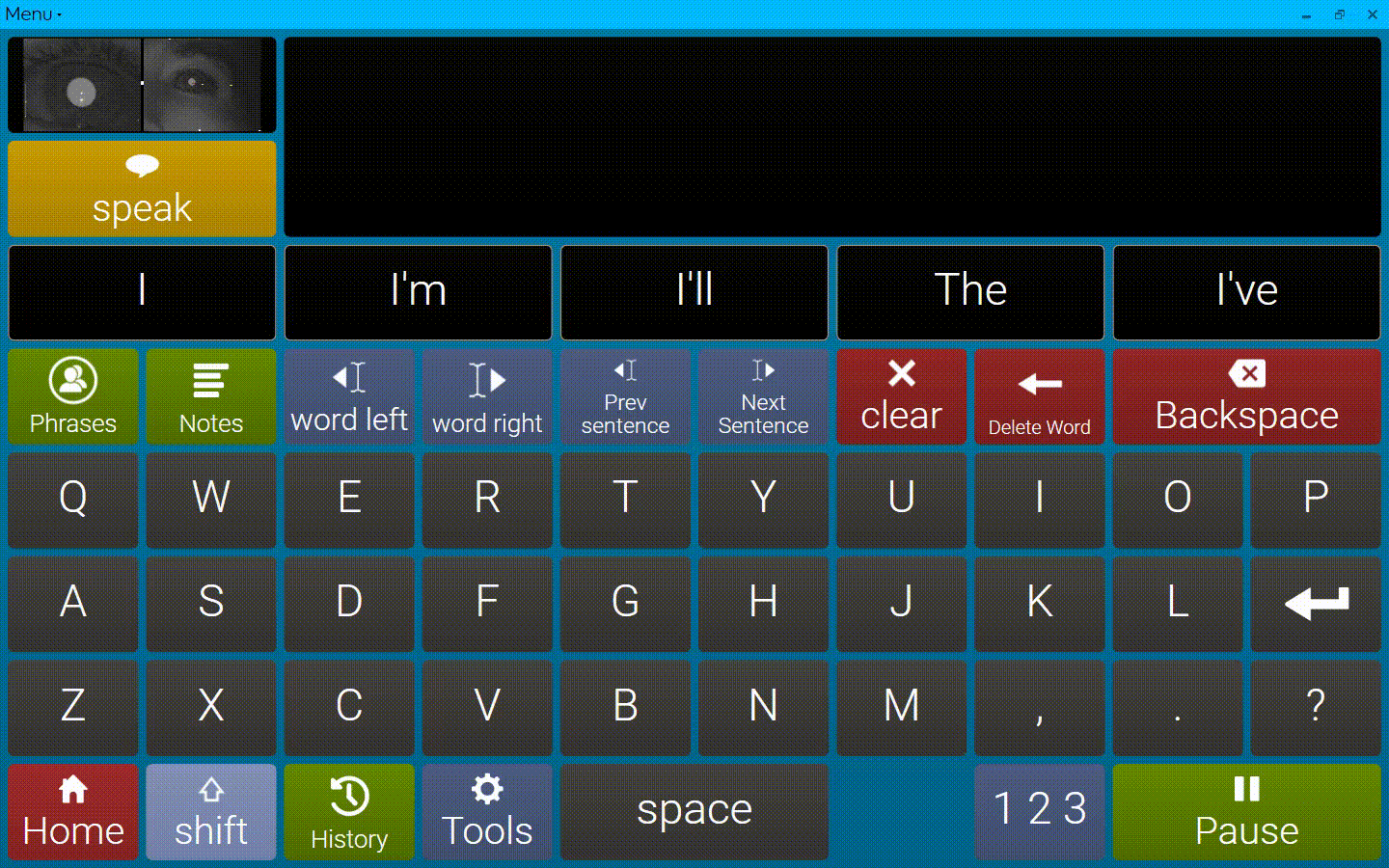Usability, or user experience (UX), designers are increasingly leveraging eye tracking technology to understand how people “see” the websites they create. That’s because, when it comes to research, the eyes don’t lie. A user’s relayed account of a website experience may not reflect their actual experience of it. However, when their eye movements are tracked, researchers can gather data that unequivocally shows how users are interacting with a website, in real-time.
By tracking eye movements, UX designers can see where website visitors look on a screen as they explore an interface or complete an online task. This information can be mined for insights, ideas, and – most importantly – improvements to the user experience.
For example, what is the first thing you want your website visitors to see? While many sites make their “About Us” type of information the easiest to find, most website visitors are more interested in what the business can do for them. For example, they want to know how your products and services can improve their lives, not your business philosophy or your entire service offering.
Providing them with the information they seek quickly, and making it as easy to access as possible, can ensure that visitors stay on your site longer and follow through to making a purchase or inquiry. These are the actions you want visitors to take, and you can introduce yourself and your business to them at a later time.
Perhaps your website’s goal is to generate leads. If so, you may have created a unique landing page to capture prospects’ information, and maybe you are even offering a free e-book download as an incentive. In this situation, you’ll want to place information in a way that helps users along, so that they ultimately fill out a contact form.
Whatever you hope users will do, once they’ve come to your website, eye-tracking studies can help you learn what is working, and what is not. For example, you may have placed certain graphical elements, or emphasized particular copy, in a location that makes sense to you. However, eye tracking research could reveal a completely different scenario. UX designers find that visitors are spending time bouncing around on your web page, hunting for the information they need, getting frustrated, and then leaving your site.
By focusing on where users look first, and studying the path their eyes take while consuming your website’s content, you can place the most important information exactly where visitors are sure to see it.

